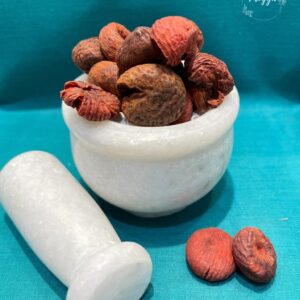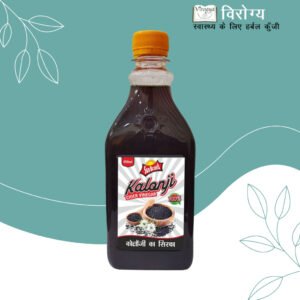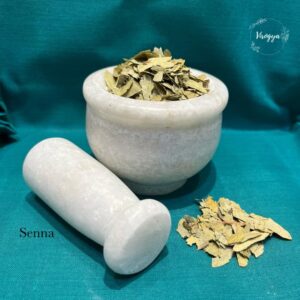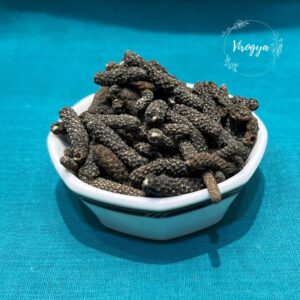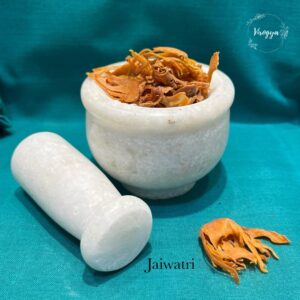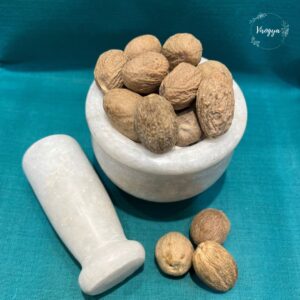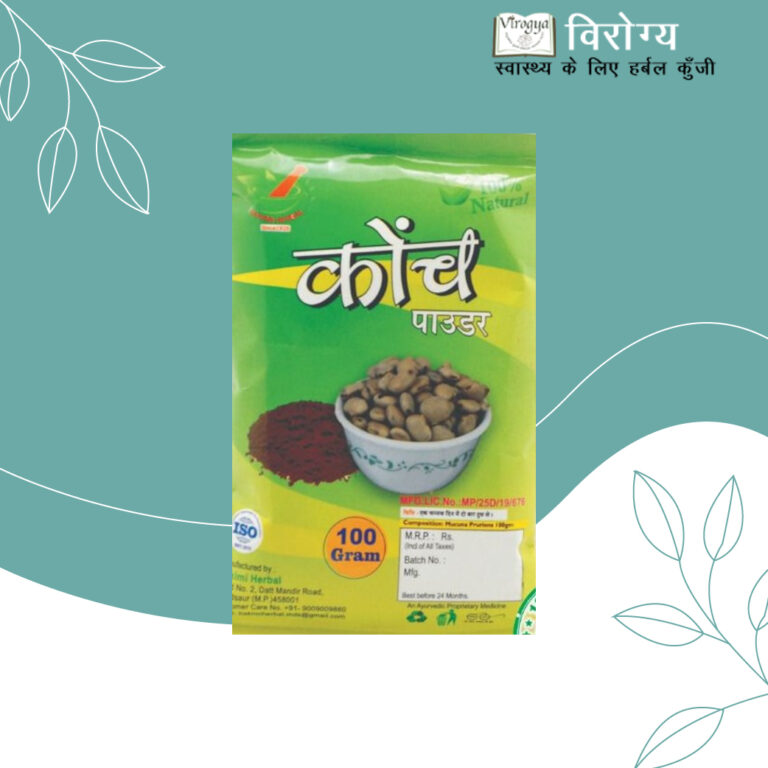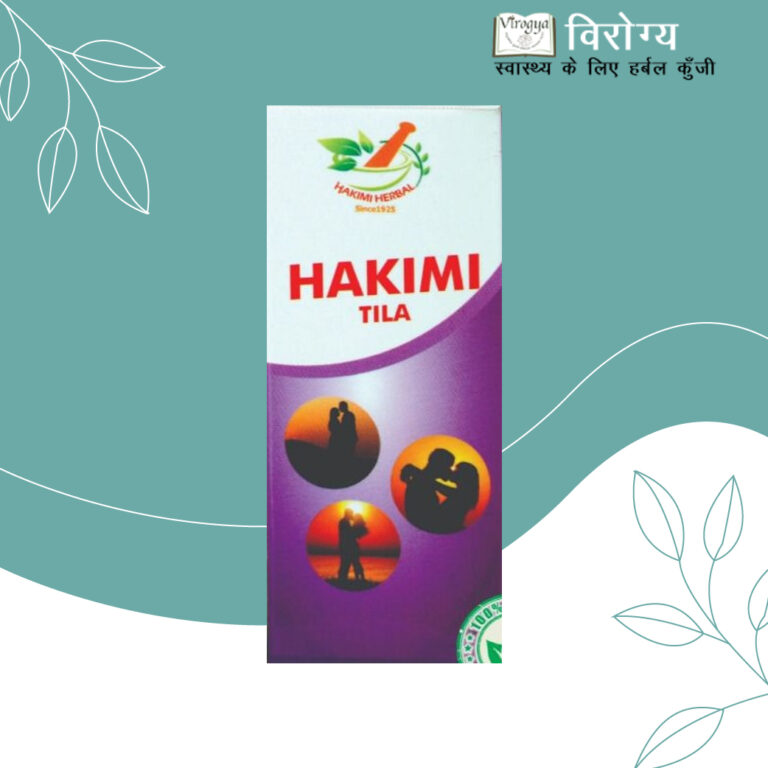Description
Puja Supari (Betel Nut) is an essential item used in Hindu religious rituals, prayers, and auspicious ceremonies. It holds significant spiritual, cultural, and traditional value in various rituals, including weddings, housewarming ceremonies, and daily worship.
Puja Supari refers to the dried nut of the Areca palm (Areca catechu), commonly known as betel nut. It is widely used in Hindu religious ceremonies as a symbol of prosperity, longevity, and divine blessings.
Representation of Deities
- Supari is often used to symbolize various deities during rituals. When placed on a Kalash (sacred pot filled with water), it represents divine energy.
- It is also wrapped in red cloth and worshipped as a form of Lord Ganesha or other deities.
Symbol of Commitment & Loyalty
- In wedding ceremonies, supari is exchanged between families to signify trust, commitment, and long-lasting relationships.
Significance in Sankalp (Vow or Resolution)
- During a puja, supari is held in the palm while taking a vow (sankalp) to indicate dedication to the ritual and seeking divine blessings.
Conclusion
Puja Supari is a sacred item deeply rooted in Hindu traditions and religious ceremonies. It symbolizes prosperity, devotion, and divine connection. Whether used in daily puja, weddings, or festivals, its presence enhances the spiritual value of any ritual.





